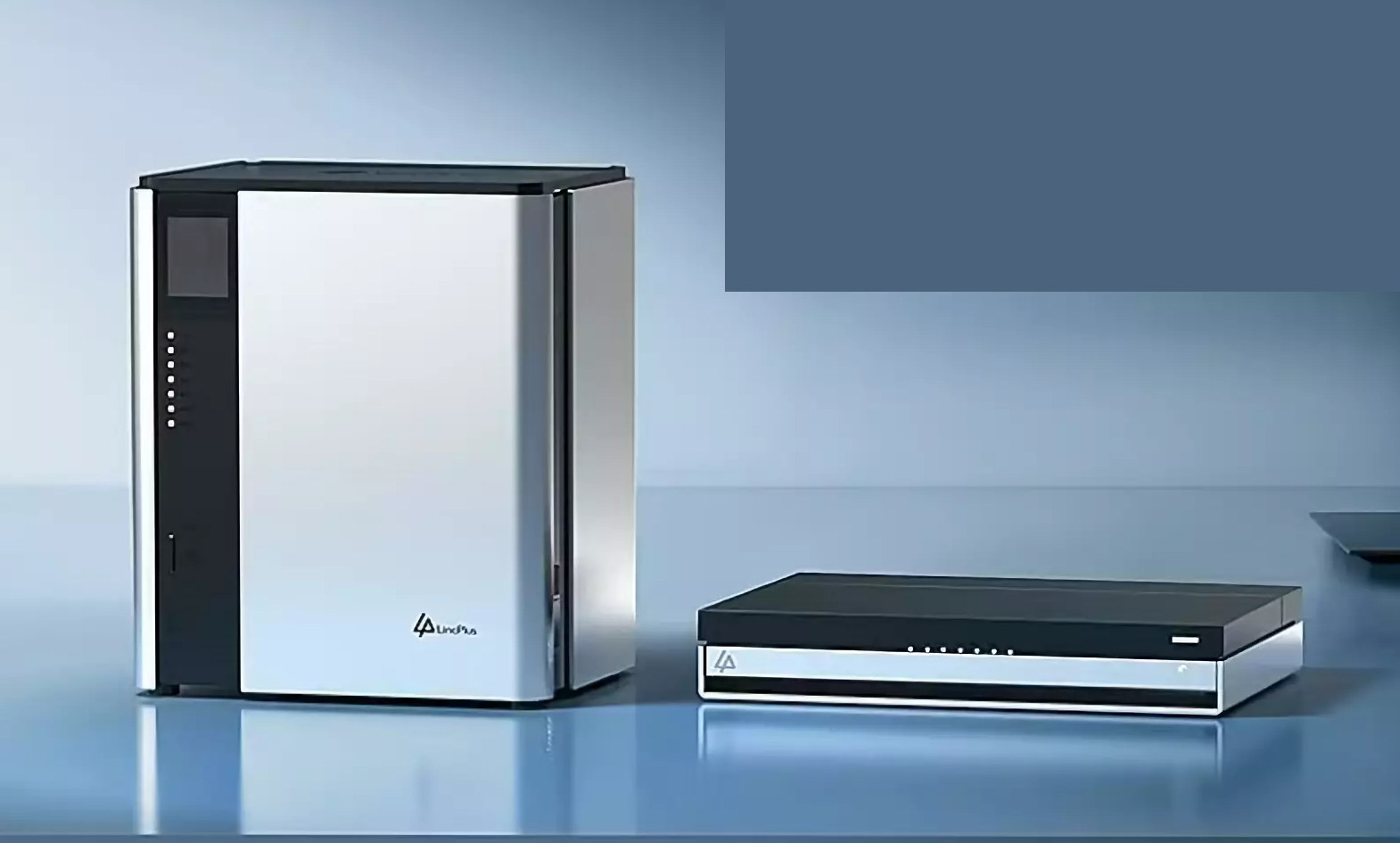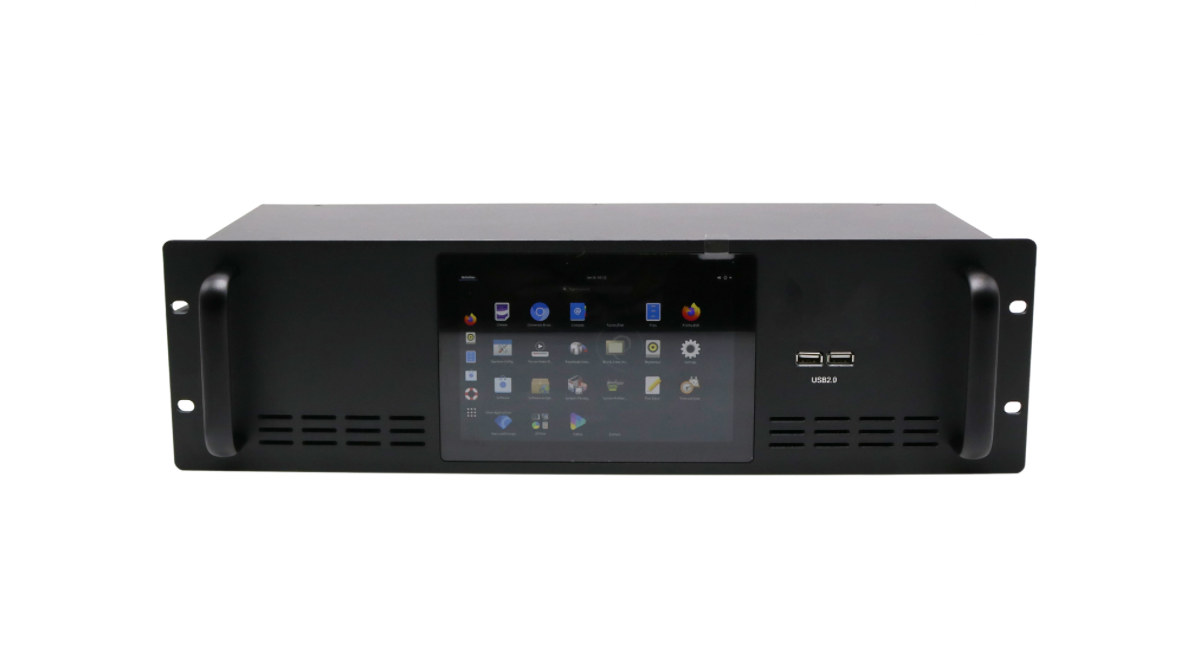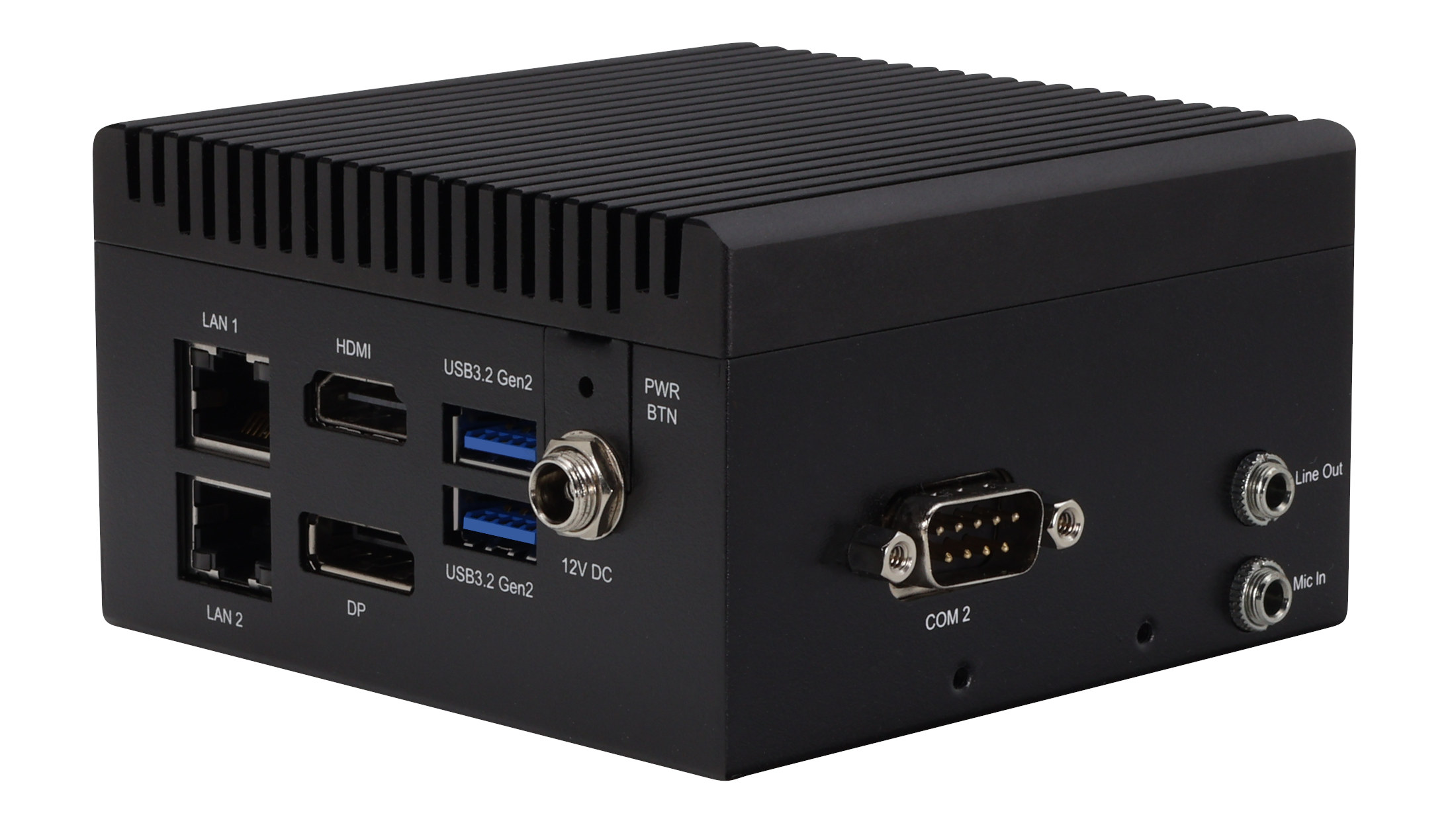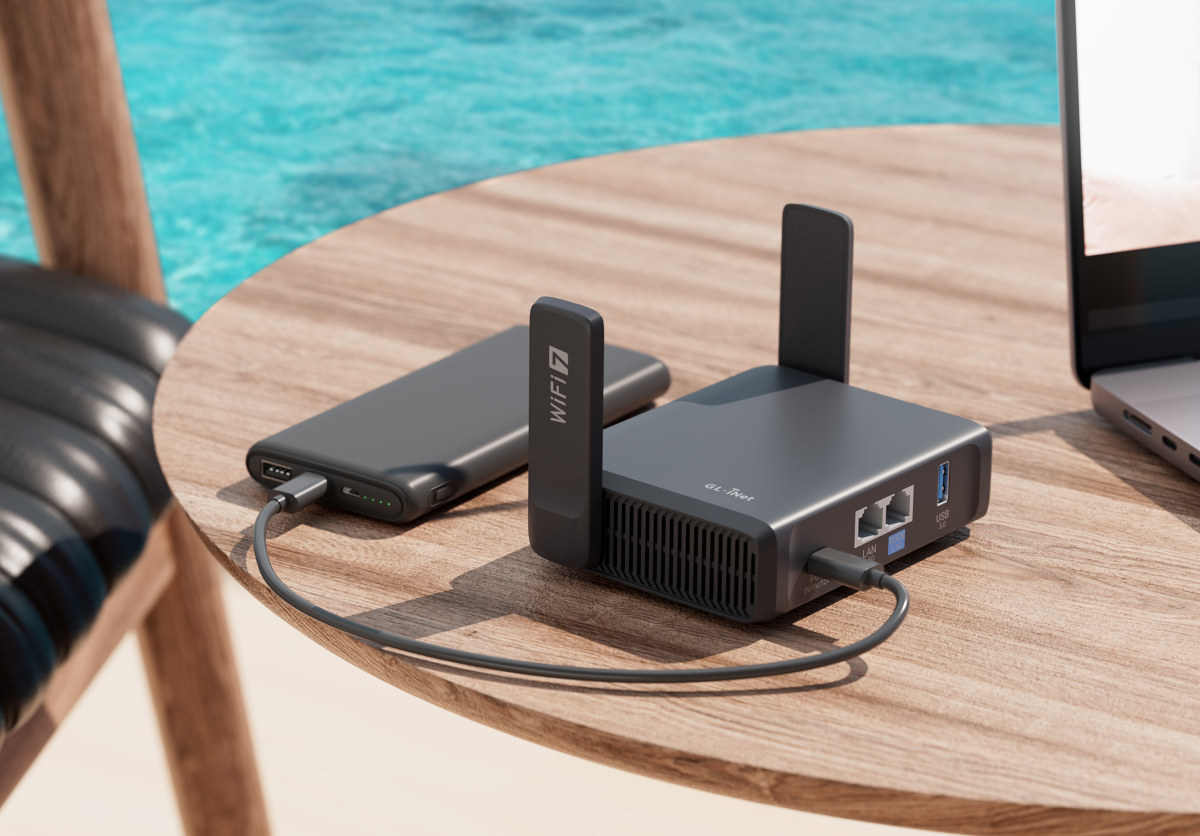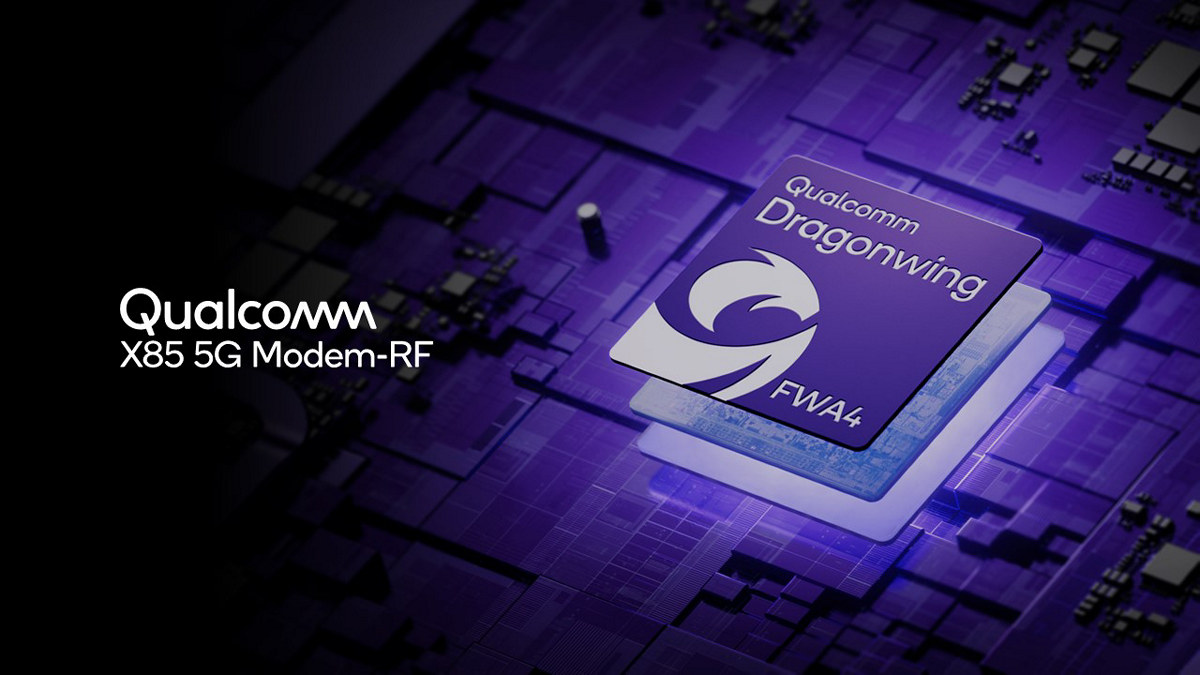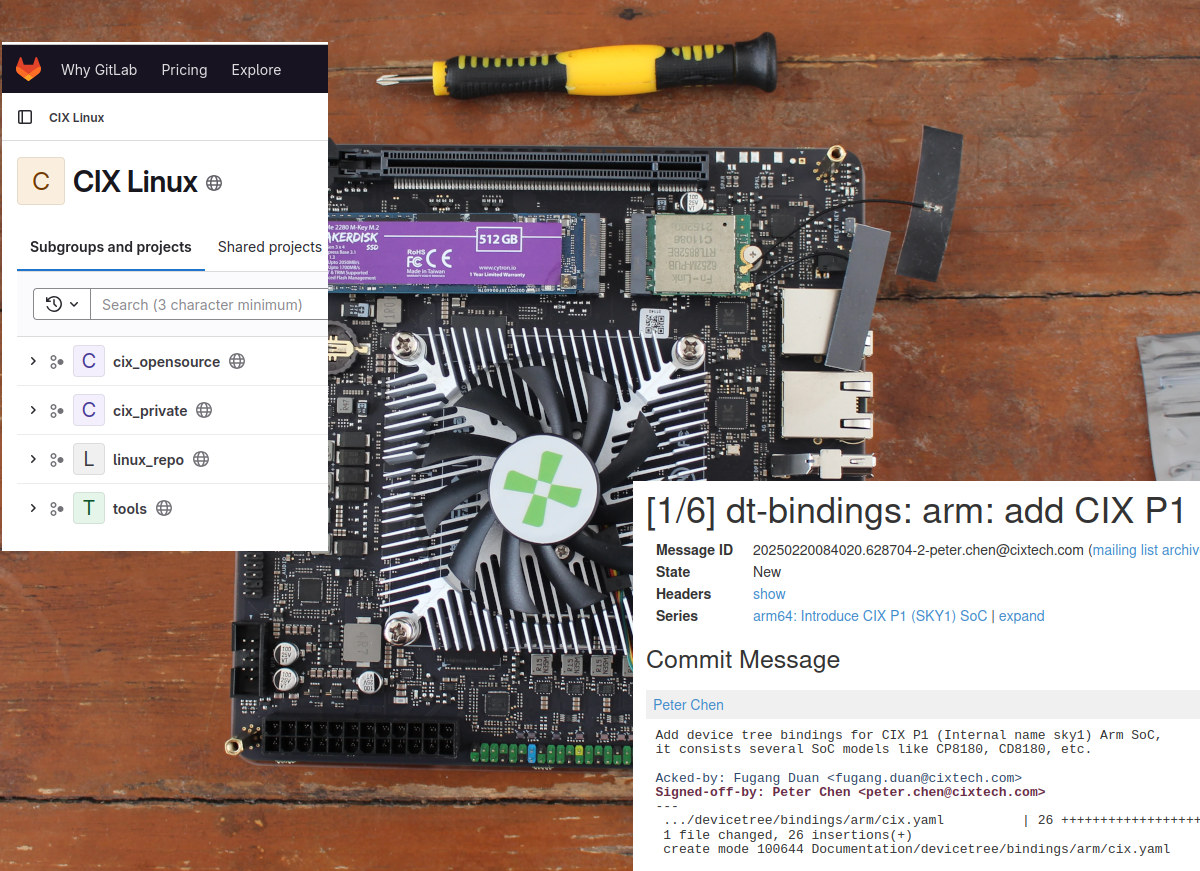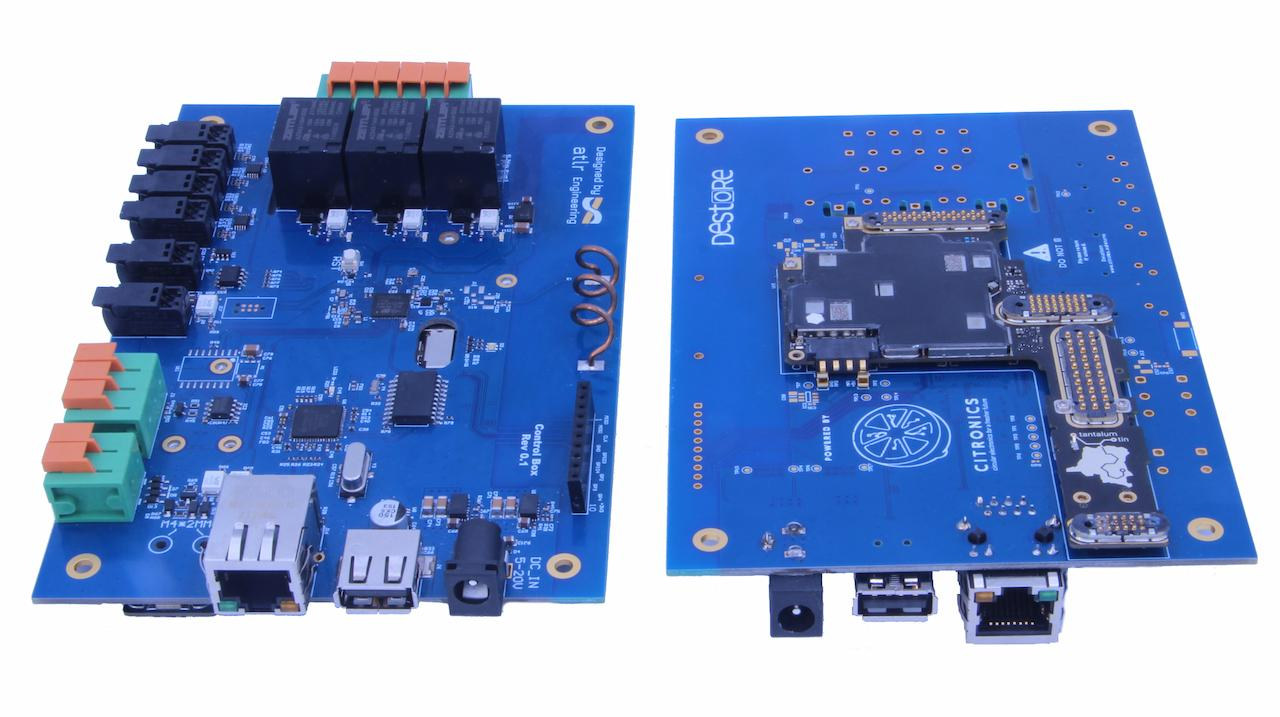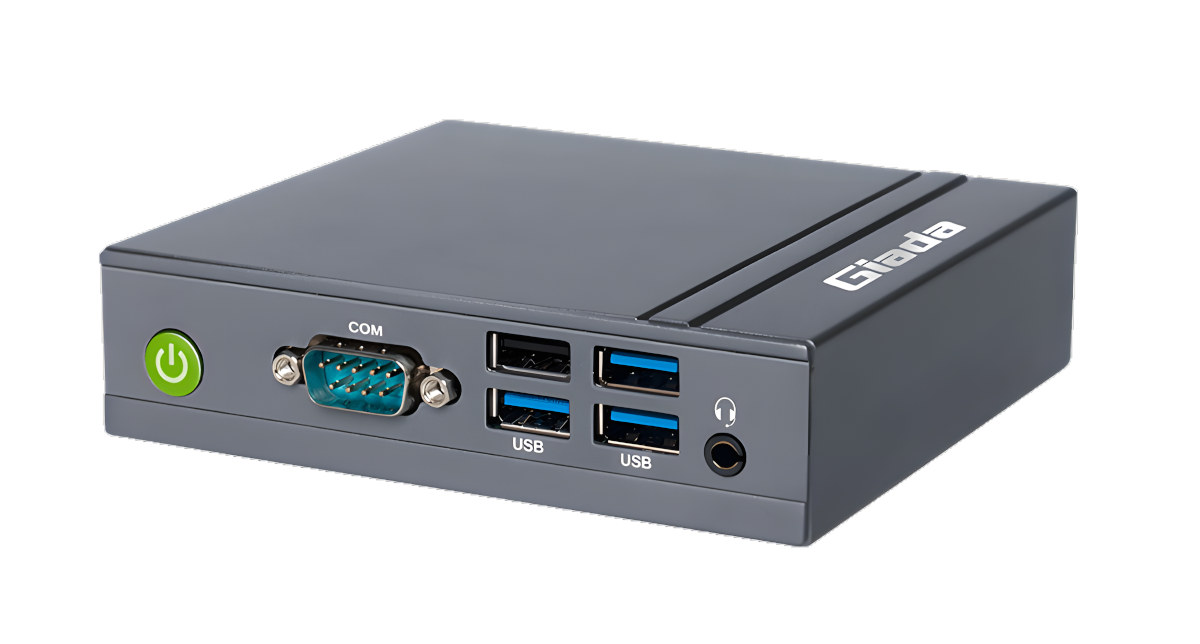LincPlus LincStation N2 and S1 are two 6-bay NAS systems taking SATA or SSD drives based on Intel Processor N100 or N97 CPU, and running UnRaid OS Linux distribution by default. The LincStation N2 features an Intel N100 CPU coupled with 16GB LPDDR5 and 128GB eMMC flash, two SATA bays for 2.5-inch drives, four M.2 2280 NVMe SSD slots, and 10GbE networking. The LinStation S1 has a larger design with an Intel N97 CPU, 8GB DDR5 (SO-DIMM, upgradeable), 64GB flash, four SATA bays for 3.5-inch drives, two M.2 2280 NVMe SSD slots, and two 2.5GbE ports. Both models also come with USB ports for expansion. LincStation N2 NAS Specifications: SoC – Intel Processor N100 quad-core processor up to 3.4 GHz with 6MB cache, 24EU Intel UHD Graphics Gen 12 @ 750 MHz; TDP: 6W System Memory – 16GB LPDDR5 (soldered on mainboard) Storage 128GB eMMC flash 2-bay SATA3.0 slots for […]
Rockchip RK3588 4K video encoder features four SDI inputs, four SDI loop outputs
Mekotronics R58-4×4 3U is yet another device based on Rockchip RK3588 from the company, but this product is a 4K video encoder with four SDI inputs, and four SDI loop outputs mirroring the SDI inputs. SDI (Serial Digital Interface) inputs are used for transmitting uncompressed, unencrypted digital video signals and typically found in professional video production and broadcasting environments. The SDI interface can also be found in security cameras like the MOKOSE SHD50-2.8-12MM and I can also see it used in cameras designed for live streaming on YouTube, or other services. The main advantages of SDI over interfaces like USB, HDMI, or Ethernet, are that it can use longer cables up to 300 meters, offers better signal integrity, and has near zero latency. Compatibility for professional camera equipment is another advantage. Let’s look at the Mekotronics R58-4×4 3U specifications: SoC – Rockchip RK3588 octa-core processor with CPU – 4x CortexA76 […]
UP Squared 7100 Edge fanless mini PC features Intel Processor N97 or N100 CPU for industrial automation
AEEON UP Squared 7100 Edge is a fanless industrial mini PC for edge applications powered by an Intel Processor N97 or Processor N100 CPU and based on the UP Squared 7100 SBC. The computer comes with up to 16GB LPDDR5, 128GB eMMC flash, M.2 sockets for storage and wireless expansion, HDMI and DisplayPort video outputs, two gigabit Ethernet ports, three USB 3.2 ports, two COM ports (RS232/RS485), and Line Out and Mic In audio jacks. The mini PC takes 12V DC up to 5A via a screwable DC lock and can operate in the 0 to 60°C temperature range. UP Squared 7100 Edge mini PC specifications: Alder Lake-N SoC (one or the other) Intel Processor N97 quad-core processor up to 3.6 GHz with 6MB cache, 24EU Intel UHD Graphics Gen 12 @ 1.2 GHz; TDP: 12W Intel Processor N100 quad-core processor up to 3.4 GHz with 6MB cache, 24EU […]
GL.iNet Slate 7 (GL-BE3600) WiFi 7 travel router up for pre-order for $96 and up
GL.iNet Slate 7 (GL-BE3600) is yet another travel router from the company, but it adopts the latest WiFi 7 standard with combined link speed of up to 3600 Mbps. The Slate 7 router supports both OpenVPN up to 100 Mbps and WireGuard up to 540 Mbps, and integrates with over 30 VPN services. The WiFi 7 router is relatively affordable starting at just $96 for pre-orders, but that’s limited to the first 800 orders, and after that the price goes up to $102 for the next 1,000 pieces, and the retail price will be $120 after that. Orders are limited to one per customer for the first two offers, and 10 per customer at the $120 price tag during the pre-order period. Deliveries are scheduled to start at the end of April / beginning of May. GL.iNet Slate 7 (GL-BE3600) specifications: SoC – Qualcomm quad-core @ 1.1GHz (Likely the IPQ5322, […]
Qualcomm X85 5G modem powers 12.5Gbps Dragonwing Fixed Wireless Access (FWA) Gen4 Elite platform
As Mobile World Congress 2025 has just started, Qualcomm has announced the X85 5G modem with up to 12.5 Gbps peak download speed, 3.7 Gbps uploads and targeting a wide range of applications from Android smartphones to PCs, FWA routers, industrial applications with Ethernet TSN, or even railways with support for FRMCS (Future Railway Mobile Communication System) in Europe. The company also introduced the Dragonwing Fixed Wireless Access (FWA) Gen 4 Elite platform based on the Qualcomm X85 5G modem, a quad-core processor, GNSS, tri-band Wi-Fi 7, and network Edge AI coprocessor with up to 40 TOPS of NPU processing power. Qualcomm X85 5G modem Qualcomm X85 5G Modem-RF System specifications: Peak Download Speed – 12.5 Gbps (FR1 + FR2), 10.3 Gbps Peak Upload Speed – 3.7 Gbps Cellular Modem-RF – 10CC aggregation in mmWave, 6CC aggregation in 5G sub 6GHz, 400 MHz carrier aggregation (DL) Cellular Technology 5G NR […]
Software progress and source code release for CIX P1 Armv9 SoC and Orion O6 motherboard
When the Orion O6 mini-ITX motherboard with a CIX P1 12-core Armv9 SoC was announced in December 2024, we were told binary releases would start on January 15, 2025, and the source code would be released later in Q1 2025. Tom Cubie further explained that upstreaming of the CIX kernel would start in Q2 of 2025, and Linux 6.1 with Device Tree plus Linux 6.6 with ACPI would be supported in the meantime. I’ve been able to quickly check the Debian 12 binary release on the Orion O6 motherboard at the end of January, but as I was looking for an updated image for the second part of the review, I noticed there weren’t any new Debian 12 images so far. That does not mean there haven’t been any work done, as the forums are somewhat active and I’ve been told Radxa is even more active on Discord, although I […]
Citronics built a router based on the Fairphone 2 mainboard
Belgium-company Citronics has designed a router based on the mainboard of the Fairphone 2 smartphone, connecting the Qualcomm Snapdragon 801 “system-on-module” to a carrier board with Ethernet, USB ports, and other connectors, while leveraging 4G LTE, WiFi, and Bluetooth connectivity from the phone’s core board. Citronics calls this type of hardware “Circular Microcomputers,” which refers to small computers focusing on sustainability and circular economy principles using parts from discarded devices like old smartphones. There’s actually more than one router, as Citronics designed its own development kit, and also partnered with other companies to design custom gateways based on the Fairphone 2 mainboard. Let’s have a look at the devkit first. Citronics devkit: Fairphone 2 mainboard SoC – Qualcomm Snapdragon 801 (MSM8974AB) quad core Krait 400 processor @ up to 2.26 GHz with Adreno 330 GPU System Memory – 2 GB LPDDR3 Storage – 32GB eMMC flash Connectivity – 2G/3G/4G LTE, […]
Giada DN25 fanless 4K digital signage player features Raspberry Pi CM5 Lite module and eMMC flash
Most products based on Raspberry Pi CM5 make use of the eMMC flash version, but Giada DN25 fanless 4K digital signage player relies on the Raspberry Pi CM5 Lite module instead, but still uses 32GB or 64GB flash. This looks like a contradiction at first since the CM5 Lite module has no eMMC flash, but more on that later. The media player uses a CM5 Lite module with 2GB RAM and a wireless module, and features two full HDMI ports to drive up to two 4K displays, a 3.5mm audio jack, a Gigabit Ethernet port, four USB ports, and an RS232 port for peripheral connection (e.g. barcode scanner). Giada DN25 specifications: Compute Module – Raspberry Pi CM5 Lite Module SoC – Broadcom BCM2712 CPU – Quad-core 64-bit Arm Cortex-A76 processor @ 2.4GHz GPU – VideoCore VII GPU with support for OpenGL ES 3.1 graphics, Vulkan 1.3 VPU – 4Kp60 HEVC decoder […]


